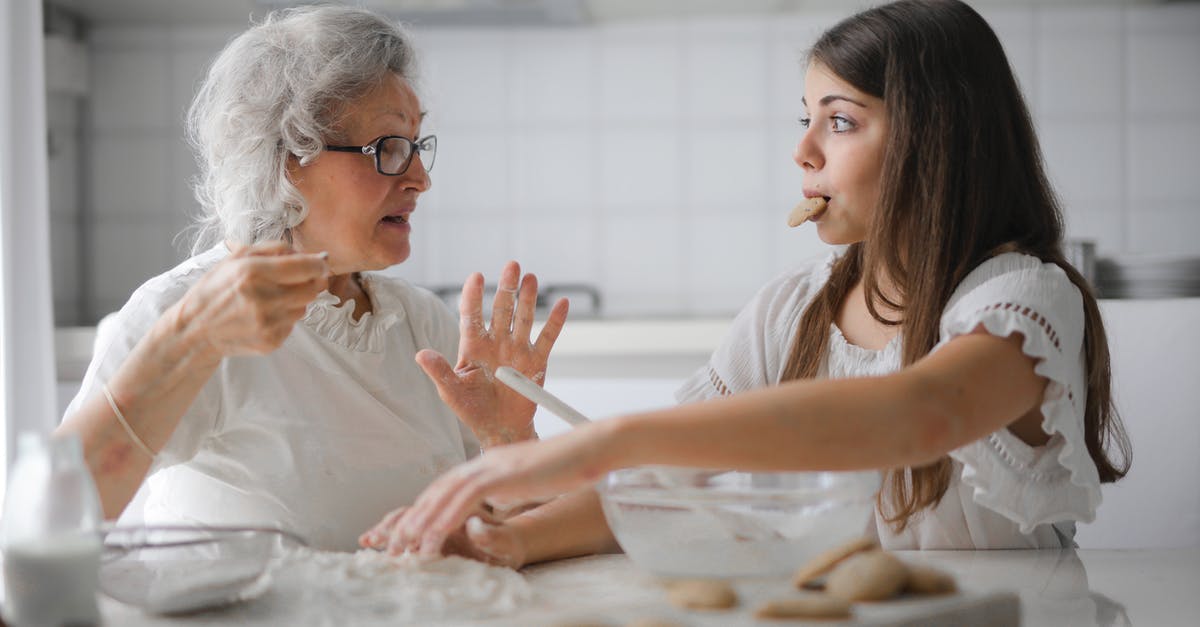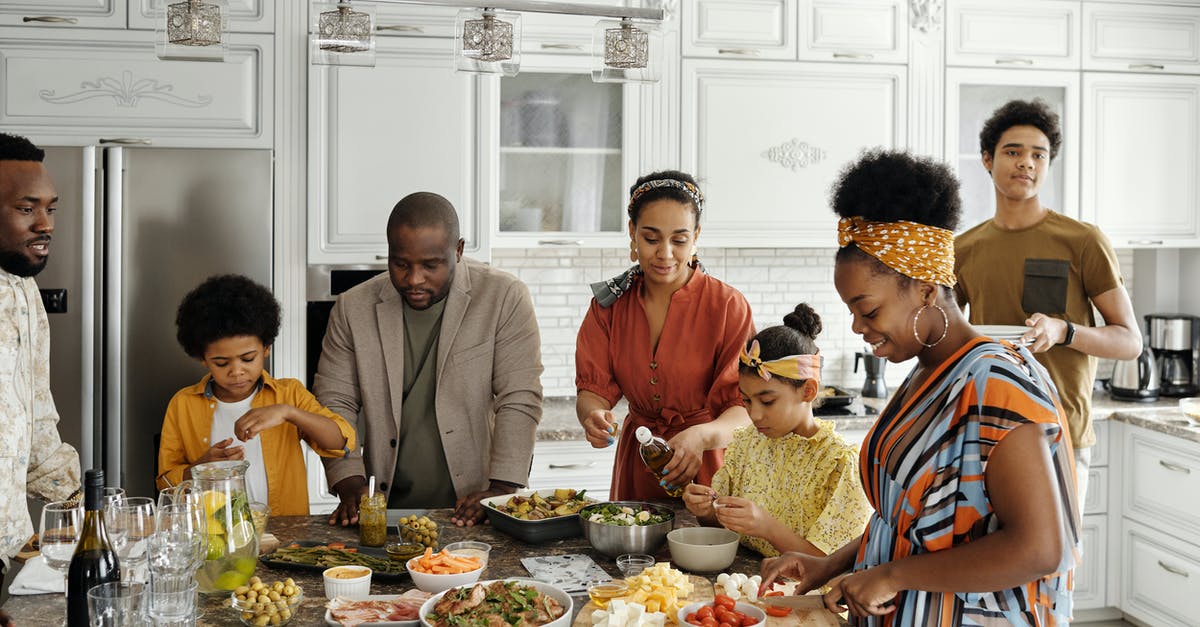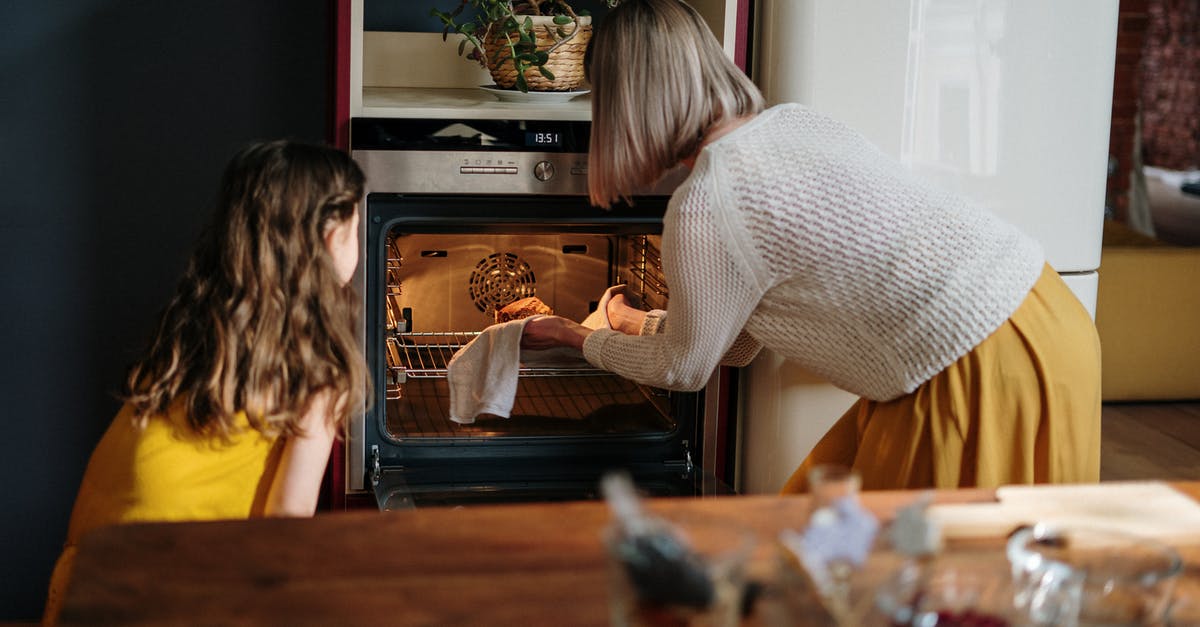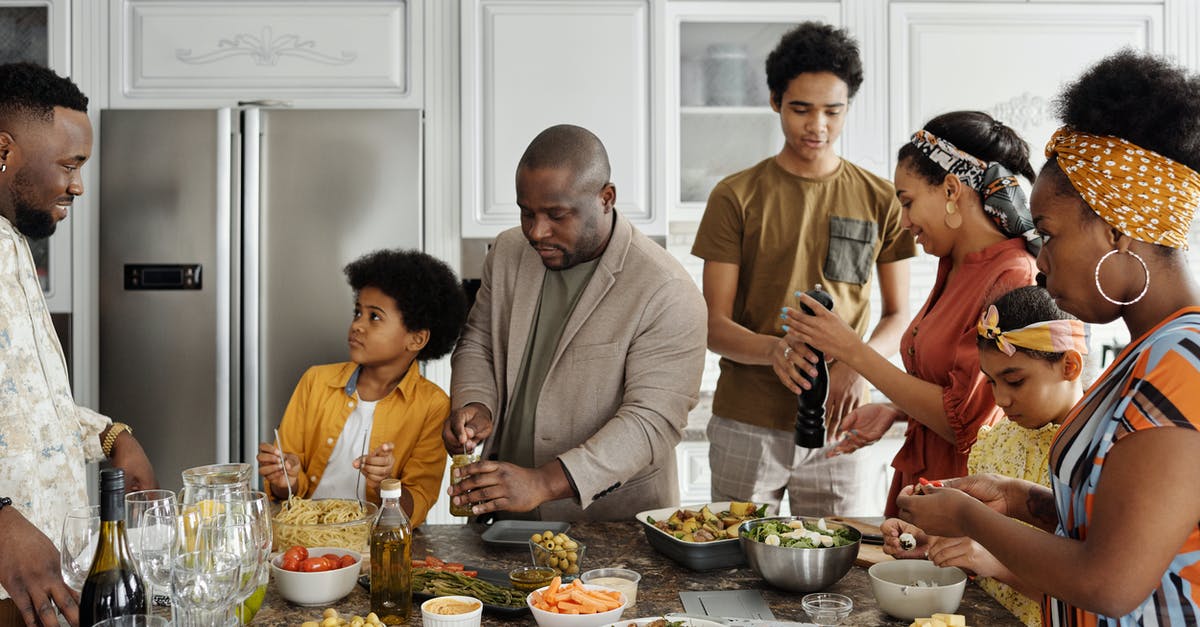Timing cooking: methods / workflow

I'm looking for methods to improve timing or workflow during cooking. How to multi-task effectively, getting the maximal amount of differing dishes on the table, for each course, etc. A multitasking / scheduling problem.
Of course, practise makes perfect (and I've been practising: certainly not perfect yet though). Say you reach the level where you can dissect a recipe (which, if written correctly, should be a straight arrow in time, tell you when to multitask, and not surprise you with 'combine the current result with that other recipe from the next page you should have started on an hour ago') and plan out your strategy. How do you improve at this point? What tools can help you?
I imagine professional chefs, with the additional complication of also having to instruct multiple souschefs, will have insight or even formal training on this - but what about us amateurs?
EDIT:
After a bunch of good answers, I feel I need to add that I've been cooking with pleasure almost 17 years now. People enjoy coming to our house for dinner (or at least they say so). Many answers tell me stuff I already know (which doesn't make them bad answers!).
Say you were in my shoes, and looking to stretch yourself - what would you reach for?
Best Answer
I came up with a technique one Thanksgiving that I've used for complex meals ever since.
I have three Digital Cooking Thermometer/Timers and a dry-erase board on my refrigerator.
On my dry erase board I draw a table something like this (I don't use the actual headings, they're here for clarity):
Task 1 | Task 2 | Task 3 Baste turkey (60) | Prep green beans (30) | Prep pie (15) Baste turkey (60) | Prep potatoes (20) | Turn down oven to 350 (20) Baste turkey (60) | Cook green beans (10) | Cook potatoes (20)
The numbers in parentheses are the time in minutes. I set each timer to the appropriate time, and cross out each item as I go. The thermometers are positioned directly above each column.
(You can use any timer really, I just like mine to serve two purposes)
It's flexible enough that you can do just about anything this way. You shouldn't feel obliged to use a single column for a specific item, it's unnecessary. Notice that potatoes span columns 2 and 3.
Clearly this requires thorough planning, but your question states that this is assumed.
I had tried other methods where I planned everything meticulously using the wall time (e.g. 4:30 start potatoes, 4:45 start beans, 4:50 baste turkey, 4:55 resume beans) but this was chaos and you will inevitably lag somewhere which means you're having to adjust your times in your head on the fly. Not fun.
Update
I didn't make this clear, but you don't need to set the timer to time exactly how long each task will take to complete. You can (and should) include any appropriate buffer time before the next task needs to begin. e.g. In my example above "prep green beans" would never take 30 minutes, likely just 10, but for the timing of my meal I don't want to start my potatoes until 30 minutes later, hence 30m for the green beans.
I'll sometimes also have a timer set for an "idle" task. (e.g. if I don't need three timers for most of the meal prep, but I'll need three towards the end (dessert), then I may set timer 3 for a 60m "idle" task to let me know when to start dessert) I initially overused idle tasks when starting this out (e.g. Task 2: prep gb (10), idle(20), prep potato (10), idle(10), cook gb (10), ...), but this confused the hell out of me and I had timers going off that had me scrambling to see that the next thing to do was... nothing. That's why I started bundling idle time into the previous task.
Pictures about "Timing cooking: methods / workflow"



How do you write a workflow plan for cooking?
7 Quick and Easy Steps to Perfect Cooking WorkflowWhat is a workflow plan in cooking?
Preparing and cooking food in a logical order is a skill that is necessary to complete a set of tasks within a required timeframe. In the Hospitality industry this is known as 'workflow'.What are the 5 steps in cooking?
The aim is to make the 5 steps of cooking \u2013 preserving, preparing, cooking, dishing up and washing up \u2013 straightforward and consequential.What is time plan cooking?
It involves all the stages and time required to prepare, cook and serve food. YOU also need to learn how to plan so that the food you prepare, cook and serve shows off all your skills in hospitality classes. There are a number of steps you must always follow.More answers regarding timing cooking: methods / workflow
Answer 2
The way that I devolped the skill that you are talking about was working 50 hours a week inside a pizza kitchen, but I don't think you have do anything so extreme to accomplish your task. All the other answers here are correct but i think the biggest hurdle to any cook when it comes to this is knowing exactly how long any given procedure is going to take you. When I read a recipe, I rarely even glance at the ingredient list the first time I read it. Instead, I jump straight to the text to see what techniques and cooking methods it wants me to employ. This tells me how long it's going to take me, and my second read through will tell me what I need to have on hand (I do that one looking at my pantry normally) and if I am going to be making any subsitions this evening.
The most important component to this process it that I know how long it takes me to do anything I need to in the kitchen. Without this knowledge, you can't successfully time manage, and even with it you might drop the ball a few times and overcook or undercook something. I used to teach the guys who cooked in my kitchen a set time limit to wait before firing each dish based on what else was on the ticket, and most professional line cooks use a shouted time countdown to the pass to keep the kitchen coordinated. In a home cook situation, all of that is going to be in your head or your kichen timer.
Basically, the best way that I know how to build this up is cook on a clock. Time yourself and get some good refrence points on how long it is going to take you to do the basics and build from there. When learning a new technique, I find I need to use it about twenty times before I am using it at the speed that I am going to be from then on. I also try to never do something new when I'm cooking for an audience. If I haven't made it or something similar to it before, it ain't hitting a guest's mouth at my table.
Another thing that I notice that a lot of homecooks do that the pros don't is hover over the food. They have a hard time putting the food in the pan and walking away until it's time to do something to it. That can be a major time sink right there.
But I would say the most important thing you can do to get better at your work flow is just preparation. Food hitting the table at the same time and at the correct tempature happens in your head long before you ever turn on the stove. It means having a game plan and being able to adjust it for unforseen circumstances but doing everything in your power to prevent such circumstances from happening to you. If you are cooking a recipe, it means knowing it well enough that you aren't having to read it while using it.
Anyway, I was trying to hit the general, and hobodave's anwswer is a great example of exactly what I am talking about. You are going to have to find the best way to do it for yourself. Hope this helped.
Answer 3
Whether you like the show or not, one thing you can learn from watching 30-Minute Meals is how to develop a good sense of timing and work flow.
The preparation of a meal is presented pretty much in real-time as the chef preheats ovens/pans, gathers ingredients, does prep work, cooks, and serves an entire meal in 30 minutes... as you watch each step of the process.
You can learn a lot just by watching her sense of multi-tasking and work flow.
Answer 4
So as I see it, we really have a few issues here --
- Improving timing.
The more you cook, the faster you'll get at it. (unless you try to go too fast, and cut off a finger ... that slows you down). And sharp knives -- can't stress the importance of sharp knives enough. It's also fairly important to learn how to flip your food in the pan. It looks cool and showy on TV, but it serves a couple of legitimate purposes: it cools down the food and the pan; it's quicker than trying to use something to stir; it actually gets the stuff on top (not cooking as fast) down to the bottom and visa-versa (more even cooking that stirring), and it can be done one handed, so you don't have to go and wash that slimy chicken hand before tending to things.
Watching other people cook, even cooking shows, and watching their technique might give you a few clues for improvement -- how to quickly dice an onion, or dispatch a bell pepper, etc.
- Multitasking effectively.
This one's tricky ; Ian's comment about using all of your senses is important -- if you hear the sizzle in the pan change, it might be time to give it a flip (or past time); smells that something might be browning a touch too fast ... by the time you see the giant grease fire or hear the smoke alarm, it's too late. But for a lot of things, it's instinct after a while -- give things a stir or a flip even if you don't think they need it yet; it's better to be too early than too late for most foods.
(You can also get "Order Up" for the Wii -- but even on hard, it's a little too easy; and the final "Fortified Chef" was easier than playing the harder levels, so was a bit anti-climactic; we need a patch to make it harder)
And to build on the chickeny hand comment -- I always try to keep one hand clean at all times, so I can try to deal with whatever emergency comes up. (unfortunately, it's my right hand, as that's the one I hold the knife in, and my cell phone's in my left pocket normally, so people calling me when I'm trying to cook really sucks). For breading I normally sacrifice the right hand, and leave the left one clean ... so practice the food flipping with both hands.
- Scheduling
There's a few things at play -- mise en plas helps -- so you've got everything prepped before you start cooking; but not everything's quick cooking. You really need to look at your menu, and select some stuff where you have to do the work ahead, then it's going to bake for 30 min, unattended, while you select another item that's going to take 10 min prep and 20 min to cook, with occassional stirring, and then the last item that's going to take 20 min prep but no cooking. As FordBuchanan mentioned -- there's sometimes items that can be done in advance, but its also important for looking at the places where you can pause -- turn it down to low while you're catching up on something else.
You also have to be able to read the recipe and see how accurate their time estimate for you is -- if it calls for mostly chopping, and you're great at chopping, it might be less prep time ... but if you're crap, it might take you twice as long. (hmm... yep, I did say I need to build better recipe management software a few years back that would handle that ... as well as I know, none of 'em handle that aspect yet)
Answer 5
Learning to use all your sense in the kitchen is important, so you can smell how well something is cooking, hear the changes in sound as things are at different stages of being fried etc. This saves a lot of time and gives you a back stop in case you forget about something, you might hear a change in the sound and know that it needs sorting. This is something best learnt by practise and by trying us those senses whilst cooking.
Answer 6
I've had to learn that you don't have to constantly stand over every dish. Also learn what elements of a meal can sit on your stove top and what needs to be removed from the heat to avoid over cooking. For example when I make Chicken Parmesan Tomato sauce is the first thing I work on, The chicken is one of the last.
If you're not going to prep your meal ahead of time start your prep while you're heating the oven or pans.
Watch cooking shows, both traditional and the ones about restaurants, Not some of the techniques they use and never mention. You can pick up some little time saving tricks from them here and there.
Answer 7
One skill to hone is to be able to read a recipe and then read and time it backwards. The things to note are which stages are time dependent, and which ones can be done well in advance.
Answer 8
If you're wanting to really maximize your scheduling efficiency in a demonstrable, repeatable manner, a Gantt chart could be your friend. You can make these charts with Microsoft Visio (it isn't free, though, but I gotta believe a free alternative is out there somewhere). It will allow you to visually demonstrate items that can be parallelized, how dependencies affect timing for competing processes, and how long you'll ultimately need to complete your tasks (i.e., the cost of the "critical path" for the system).
You'd even be able to rework it to accommodate an assistant or two, if desired. Please note, however, that your assistants are very likely to look at you strangely when you refer them to the project schedule for Thanksgiving.
Answer 9
Cook with other people. Have a kitchen party.
Then you get multiple people working at the same time, and you don't have to do everything! Have an appetizer for people to munch on as they cook, and provide a well stocked kitchen and some food.
It's faster, and more people means more new food when you've exhausted all your usual recipes.
Answer 10
If you want to get really simple and primitive, use strips of paper for each item you're preparing. Make each strip to scale, where length correlates to time, say one inch per hour. Draw out hour lines on a sheet of paper (again, one inch per hour). Start from the time you want all your food to be ready, and work back. It will help you visualize dependencies, things that can be done in parallel, things that can sit after completion, etc. Basically, it's a poor man's GANNT chart, but much more user-friendly. If you lay it out correctly, you'll have a quick and dirty schedule of what time you should be preparing/cooking which dish.
Answer 11
Shameless plug for my own iPhone app but I got fed up with drawing out a backward plan every time I cooked a Sunday Roast and so developed an iPhone app.
You can set up individual dishes with alarms for each stage and then select as many dishes as you want for a full meal. It then does a backward plan so that everything is ready at the same time.
Scheduling is done with an interactive gantt chart so you can set up dependencies and delays etc. You can also email dishes to each other for importing.
Any feedback would be gratefully received as I've just started on the next version.
Thanks, Gareth
Answer 12
I try to time stuff but always leave 20% extra time at each step for mishaps and unforseeables.
I'm a student living with several people and sometimes if I need a peeler or a knife or even a spoon, I have to look for one for several seconds because people keep changing the place where everything usually is... or borrow your stuff.
Everything might be dirty from the other guy using the kitchen, so cleaning stuff quickly in between is sometimes necessary. I hate not timing every component of a dish perfectly so I've become quite good at timing stuff and in between cleaning.
But try to leave 20% extra time, 5 minutes becomes 6 minutes etc.
Sources: Stack Exchange - This article follows the attribution requirements of Stack Exchange and is licensed under CC BY-SA 3.0.
Images: Andrea Piacquadio, August de Richelieu, cottonbro, August de Richelieu
